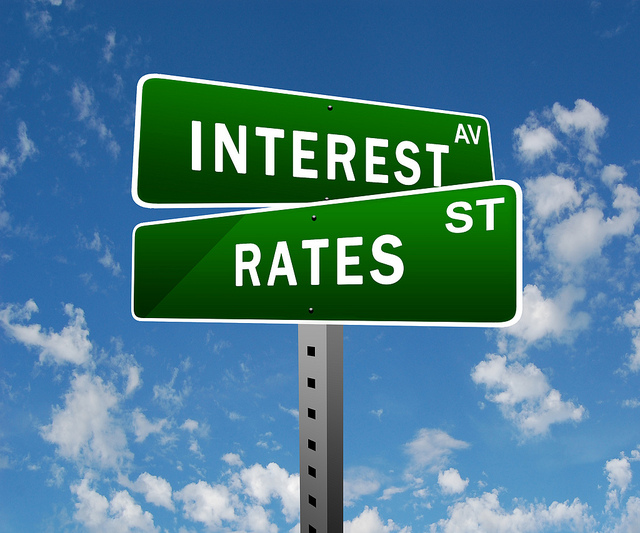274 Putting It Together: Monetary Policy
Summary
The goal of this module was to teach you the role of money, credit and monetary policy on the economy. You learned how to:
- Define money; Explain the functions of money; Define liquidity
- Define credit (or debt)
- Explain what a bank does
- Understand how money is created by lending
- Explain the structure, functions and responsibilities of the Federal Reserve System
- Differentiate between M1 and M2 (measures of the supply of money)
- Define monetary policy and differentiate it from fiscal policy
- Define interest rates
- Explain how the equilibrium interest rate is determined in the market for money
- Explain how monetary policy affects GDP and the price level
- List and explain the goals of monetary policy
Examples

Money is not a specific item, but rather anything that has the functions of money, including its general acceptability as a means of payment, and its service as a store of value. Money is an asset, in contrast to credit, which while it serves as a means of payment is actually a liability. In other words, credit is a loan that must be repaid, usually with interest. Thus, a credit card is not money, but a debit card is.

Interest rates are the price of borrowed money, or the reward for lending. Interest rates are determined in financial markets through the interaction of supply and demand for financial assets, such as loans. It is through monetary policy that the Federal Reserve, the nation’s central bank, manipulates interest rates and credit conditions to stimulate or contract economic activity.
Returning to the question posed in the Why it Matters feature, interest rates will rise back to normal, either when the economy recovers enough either for the private sector to increase demand for borrowed money, or for the Fed to be willing to reduce the expansionary monetary policy its been conducting since 2008. In short, either the demand for money will rise or the supply of money will fall.

